The 150 TPH River Stone Crushing Plant designed and supplied by SBM in Indonesia represents a precise integration of engineering reliability, performance optimization, and long-term sustainability. This facility transforms river pebbles into high-quality construction aggregates using an energy-efficient and modular crushing system. Below we analyze the plant’s full structure, operation logic, technical configuration, maintenance practice, and field data obtained through over 12 months of stable production.
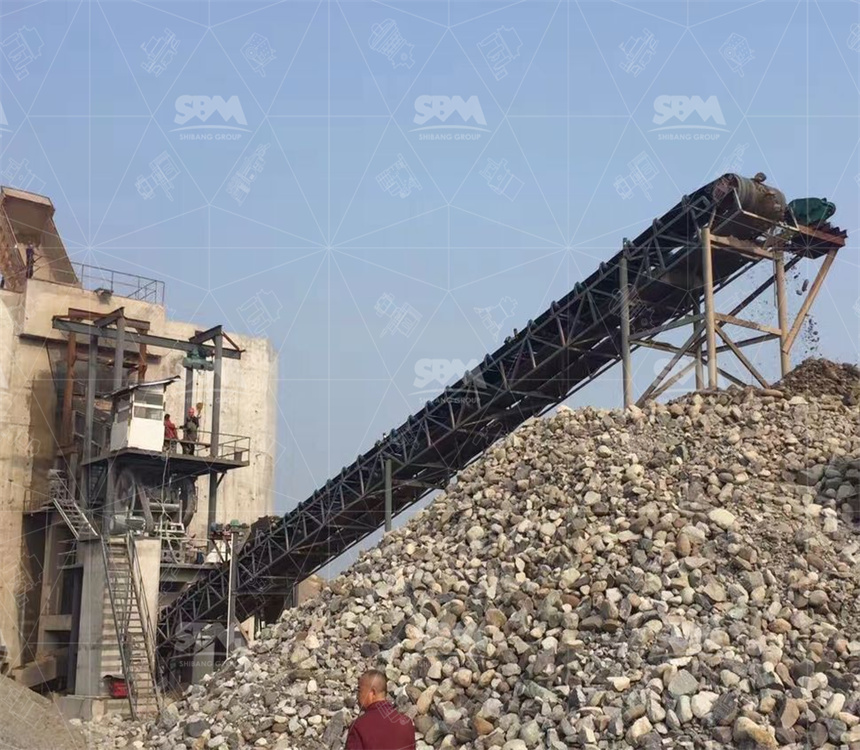
The site is located near Yogyakarta, Indonesia, where the river deposits provide naturally rounded pebbles with compressive strength between 110–180 MPa. Feed size varies from 0 to 500 mm, bulk density averages 1.55–1.65 t/m³, and moisture is around 5%. The project objective is to produce 0–5 mm, 5–20 mm, and 20–40 mm aggregates for concrete and road sub-base layers. With a target of 150 tons per hour, SBM engineers configured a continuous three-stage crushing line optimized for particle shape, uniform gradation, and minimal wear cost.
The plant operates 16 hours daily, five days a week. Due to the humid tropical climate (average 36°C), corrosion-resistant materials, stainless-steel fasteners, and reinforced rubber belts were used. This careful material selection ensures mechanical reliability and reduces unplanned shutdowns even in high humidity.
The entire process follows a standard three-phase reduction system — primary jaw crushing, secondary cone crushing, and final screening. Each unit is power-matched and load-balanced to maintain continuous flow and energy efficiency.
| Machine | Model | Key Technical Data |
|---|---|---|
| Jaw Crusher | PE750×1060 | Feed 630 mm, CSS 100 mm, 110 kW Motor, 250 rpm |
| Cone Crusher | HPT300 | CSS 10–25 mm, 160 kW Motor, Max Speed 330 rpm |
| Vibrating Screen | 3YK2160 | 3 Layers, 22 kW Motor, Incline 5° |
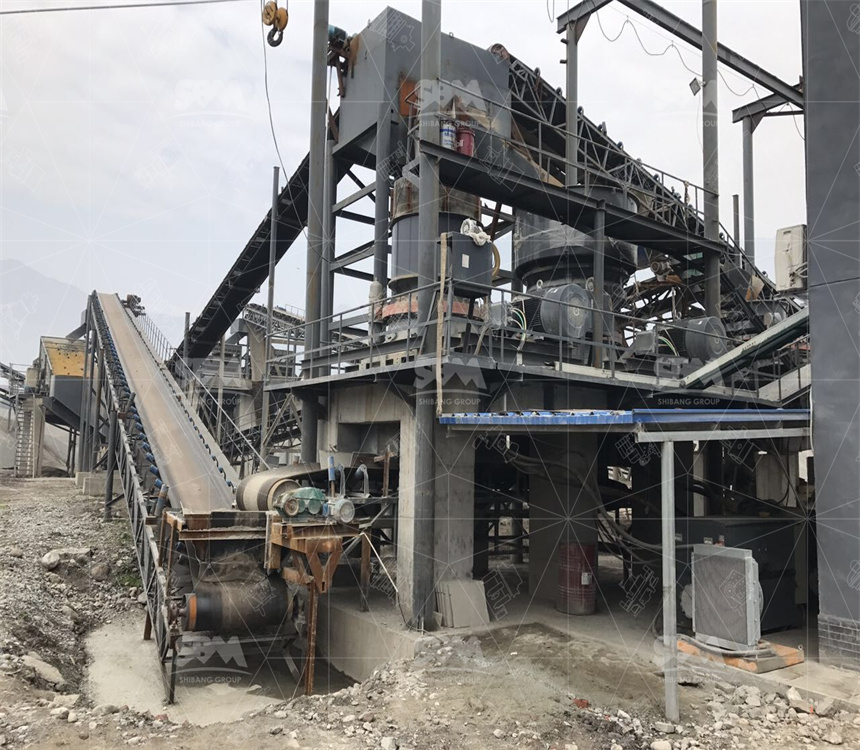
The PE750×1060 jaw crusher operates under compression principle, delivering a reduction ratio of about 6:1. The eccentric shaft driven by a 110 kW motor produces a uniform motion curve that reduces material stress concentration. The output (≤120 mm) is then fed into the HPT300 cone crusher, which adopts laminated crushing and automatic hydraulic adjustment. The cone crusher’s multi-cylinder hydraulic system provides real-time chamber pressure control, enabling CSS fine-tuning between 10 and 25 mm for varying feed hardness. A full-load motor current of 145–155 A indicates optimal efficiency according to SBM’s internal operating standards.
Under continuous operation, the plant demonstrates stable capacity of 148–152 tons per hour. Energy consumption averages 2.7–2.8 kWh per ton, aligning with global benchmarks for medium-hard aggregates. The screening efficiency reaches 92.8%, and product particle shape maintains a flakiness index below 14%, making it ideal for ready-mix concrete.
| Parameter | Measured Value | Reference Range |
|---|---|---|
| Throughput | 150 t/h | 140–160 t/h |
| Power Load | 410 kW | 390–430 kW |
| Specific Energy | 2.75 kWh/t | 2.5–3.0 |
| Plant Availability | 96.5% | >95% |
| Maintenance Cycle | Every 900 h | 800–1000 h |
The wear consumption rate is 0.32 kg per ton of processed stone, while the jaw liner lasts around 3,900 hours, and the cone liner up to 2,850 hours. Grease temperature stays under 60°C. Noise level near the primary crusher remains below 78 dB(A), compliant with ISO 3744 standard. These data confirm robust design and well-balanced load control across the circuit.
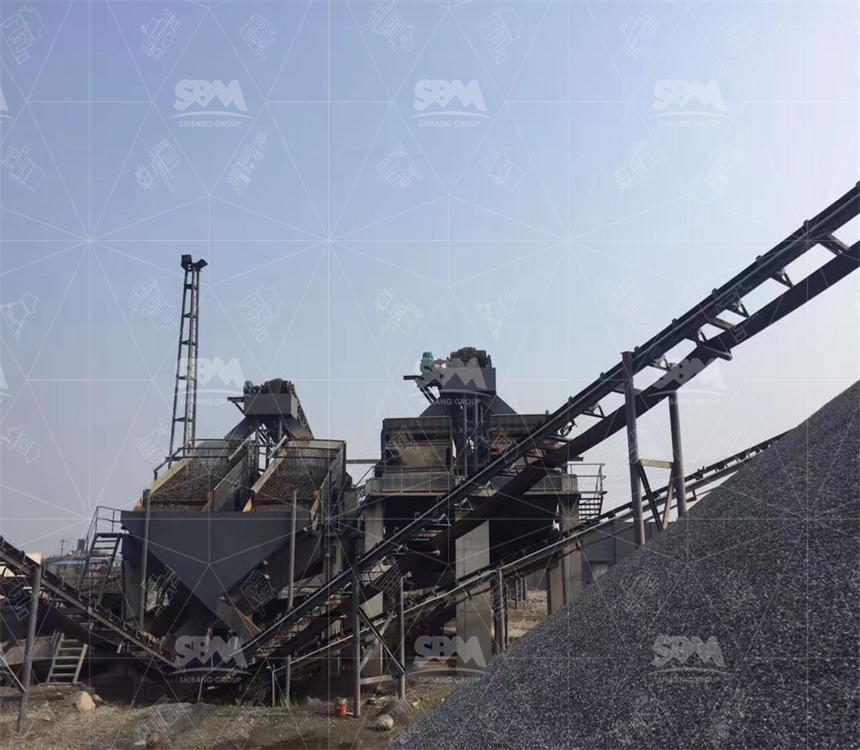
Installation was completed in 31 working days. Civil foundations used reinforced concrete with 40 MPa compressive strength. SBM engineers applied laser alignment tools to ensure conveyor deviation below ±1.8 mm. The electrical system includes overload relays, motor soft starters, and frequency converters for feeder control. Commissioning followed three-phase dry run, load run, and 72-hour continuous test. Measured discharge curves matched simulation within ±3% accuracy, confirming design precision.
The team adopted modular assembly, reducing welding workload by 40% and allowing reassembly in different sites. During commissioning, vibration amplitude was 1.4 mm for the screen deck — perfectly within the 1.2–1.8 mm ideal range. No mechanical imbalance was observed after 500 hours of test operation.
Routine service follows a preventive schedule. Lubrication is inspected daily, and hydraulic oil (ISO VG46) replaced every 2,000 hours. Sensors installed in the cone crusher monitor oil temperature, pressure, and piston position, allowing automatic stop in case of abnormal load. Fault frequency over one year was below 0.35%, reflecting the reliability level of SBM equipment certified under ISO9001:2015.
In wet seasons, fine material tends to stick on the screen mesh. This issue was solved by installing self-cleaning mesh and air-blow nozzles, reducing downtime by 11%. Operators report daily inspection takes less than 25 minutes, indicating high maintainability. Bearings use SKF seals rated for tropical humidity, ensuring long service life even in harsh field conditions.
The Central Java plant has processed more than 420,000 tons of river stone since 2024. Aggregate quality remains consistent, with crushing index 18.9% and Los Angeles abrasion 21.3%. Customer feedback highlights high cubical shape (over 92% passing 25 mm). The control system’s auto-balance feeder ensures constant chamber fill, improving liner life by 13%. Operators confirm that hydraulic CSS adjustment reduced setup time from 40 to 15 minutes per change.
Production logs show average monthly maintenance downtime of 0.7 days and zero unplanned shutdowns caused by mechanical faults. Energy monitoring indicates a 6% saving compared with the previous mechanical-type plant. The client described the installation as “stable, economical, and technically mature.”
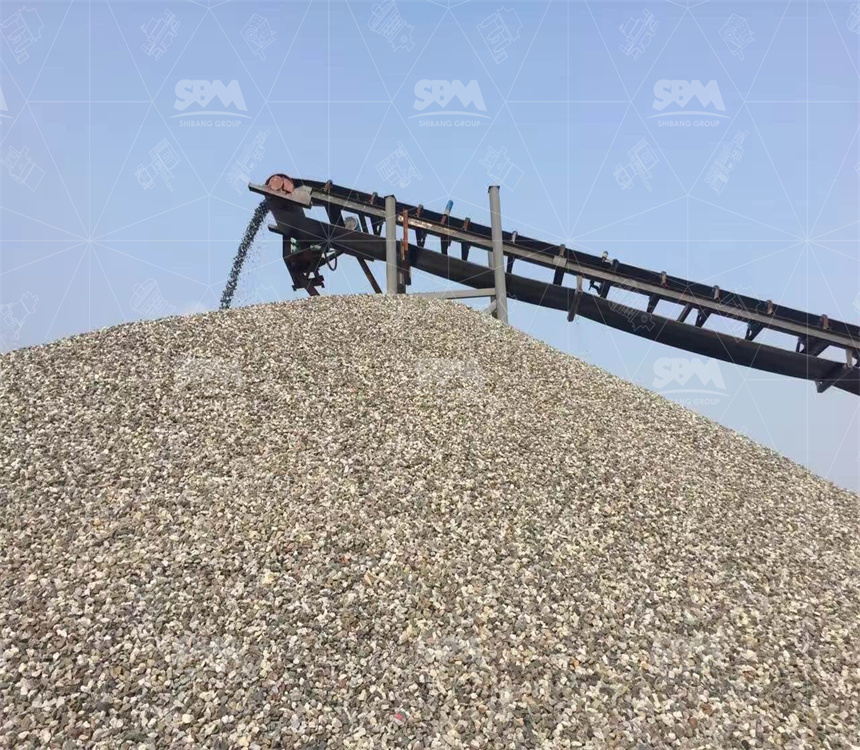
Based on plant operation records, the unit production cost decreased by about 9% compared to traditional setups of similar capacity. The energy-efficient drive system and reduced wear cost shortened the investment payback to approximately 17–18 months. The modular structure also allows relocation with 30% less reinstallation cost. With availability above 96%, the operation delivers predictable output and a reliable cash flow model suitable for medium-size contractors.
When selecting a crusher plant for river stone, several engineering principles must be considered:
SBM recommends using modular steel platforms and pre-wired panels for faster assembly. The PLC-based control integrates alarm logs, trending curves, and auto-lubrication reminders. This approach not only enhances reliability but simplifies operation for local technicians. The resulting system achieves high mechanical availability while maintaining low operational complexity.
The plant incorporates dust-suppression nozzles at every transfer point and encapsulated conveyors to reduce airborne dust. Noise barriers around the jaw section cut sound propagation by 6 dB. Wastewater from wet washing is recycled through a sedimentation pond, reaching 90% reuse rate. All electrical systems follow IEC 60204 standards, and safety guards comply with CE marking requirements. The operational site achieved zero injury record since commissioning, highlighting SBM’s focus on sustainable and safe operation.
Operators emphasize the ease of control through SBM’s SmartPLC panel. The screen interface provides motor load indicators, oil pressure trends, and alarm history. During field audits, users noted the equipment’s minimal vibration, steady discharge, and simple liner change process. The hydraulic clamping system reduced replacement time from 3 hours to under 90 minutes. After one year, operators confirmed that spare parts availability and remote support from SBM’s Jakarta office were excellent, ensuring uninterrupted productivity even during logistics delays.
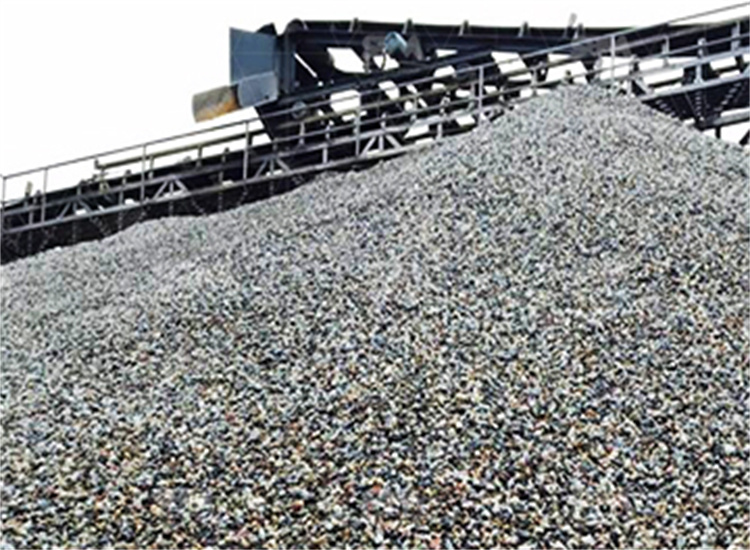
A1: When feed moisture exceeds 7%, operators can increase CSS and adjust screen vibration amplitude to avoid chamber blockage. The plant handles up to 10% moisture with minor capacity reduction.
A2: Jaw plates last 3,800–4,100 hours, while cone liners average 2,800 hours under 150 TPH operation. Using manganese alloy Mn18Cr2 improves life by 15%.
A3: Jaw and cone bearings require greasing every 120 working hours. Hydraulic oil replacement is done every 2,000 hours or twice yearly, whichever comes first.
The 150 TPH River Stone Crusher Plant in Indonesia is a benchmark for balance between performance, economy, and sustainability. Its design integrates proven crushing mechanics, intelligent control, and durable materials — all optimized for tropical conditions. The combination of PE jaw crusher and HPT cone crusher ensures uniform aggregates, low energy cost, and minimal maintenance effort. With more than 96% uptime, predictable production, and fast installation cycle, SBM once again demonstrates its technical leadership in mineral crushing systems. For contractors seeking a stable, scalable, and future-proof solution, this plant offers the ideal configuration to achieve continuous profitability and operational confidence.
Whatsapp:+8617329420102
Email: [email protected]
Address: No. 1688, Gaoke East Road, Pudong new district, Shanghai, China.
Online Service : Get Price
We value your feedback! Please complete the form below so that we can tailor our services to your specific needs.
